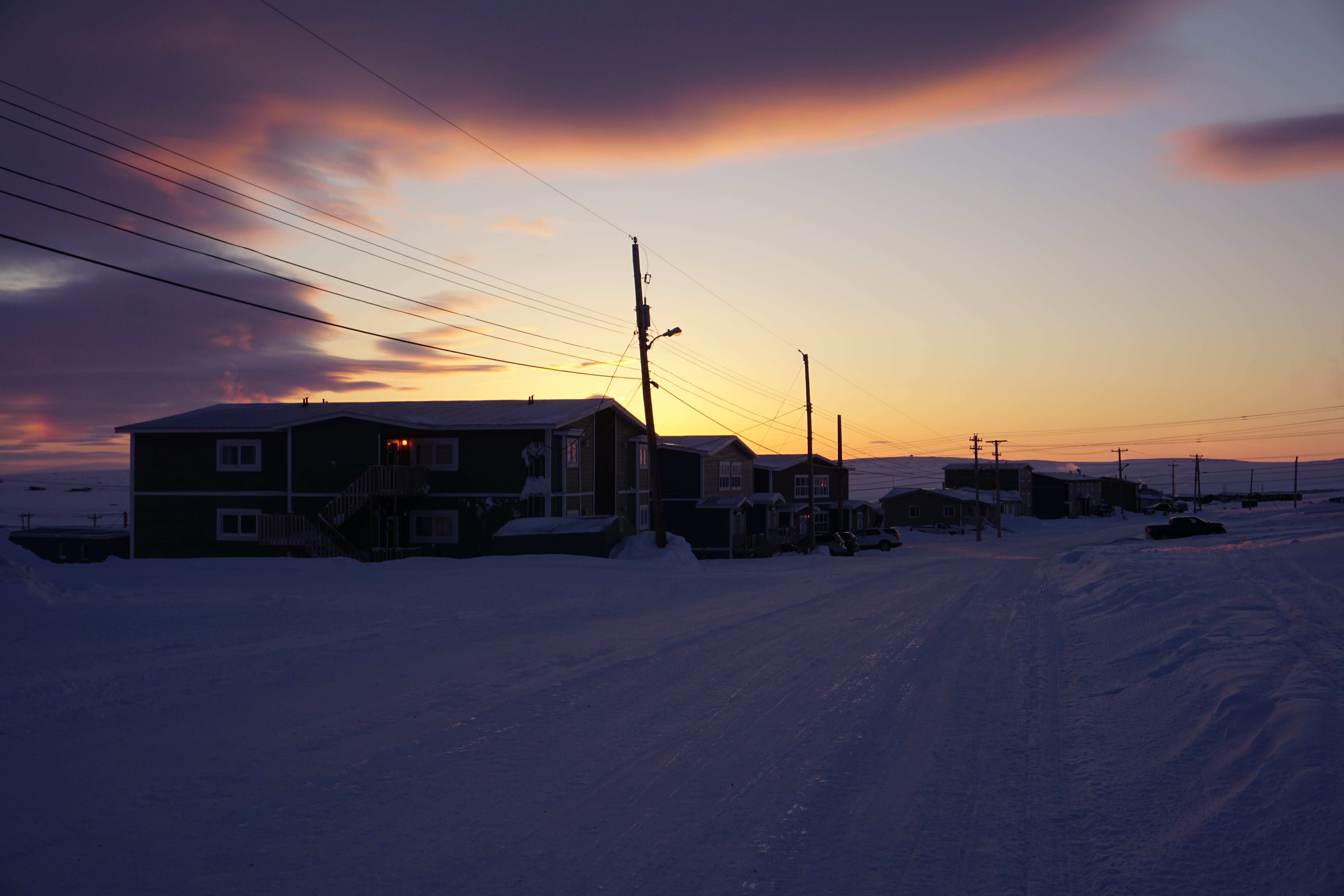Healthy ageing is unique to each individual and culture. In Western cultures, for example, healthy ageing is measured by physical, emotional, and social well-being. In Inuit culture, ageing is also linked to spirituality, strong familial connections, and community ties.
Social determinants of health (SDH) in non-Indigenous ageing, such as a person’s sex, race, marital status, socioeconomic status, or access to services, have also been strong predictors of ageing well. However, in the Arctic, SDHs are influenced by colonialism and racism: Inadequate housing and living conditions in Inuit communities worsen their mental well-being and impede Inuit elders’ healthy ageing. In 2018, 52 per cent of Inuit in Inuit Nunangat were living in overcrowded homes, where over one third of these homes required major structural repairs.
A series of studies led by Marie Baron, a research coordinator and PhD graduate of community health at Laval University, in collaboration with McGill researchers, investigated the perspectives of Inuit elders on healthy ageing and how it relates to the social and living conditions of the Arctic.
“The importance of culture and being close to the land [where the Inuit fish, hunt, and ski-doo] helps the ageing population keep their identity and age in a dignified manner,” Baron said in an interview with The McGill Tribune. “However, the hidden homelessness and a lack of homes adapted to the needs of an older population negatively impact the well-being of Inuit elders.”
The Nunavut Housing Corporation’s 2016 plan highlights that only 20 per cent of housing in Nunavut is privately owned. The majority of the population resides in subsidized housing and nearly 3,000 more houses are still needed to provide appropriate living conditions for all members of the Inuit community.
“It is very expensive for the government to build and maintain houses in the Arctic,” Baron said. “A single house can cost up to half a million [dollars] and with the added political issues stemming from systemic racism, an easy compromise is yet to be found.”
In addition to the prolonged housing crisis, the study also reported that older Inuit adults felt unsafe in their current homes. The infrastructure of these homes often ignores the accessibility needs of elders. For example, rooms built facing the furnace are a fire hazard, a risk that is exacerbated by the physical limitations of the elderly.
“Something as simple as stairs can become a mental and physical barrier for the elderly,” Baron said. “The solution is simple, [as] a ramp can provide adequate transportation and is also very affordable. But, unlike the cities we are used to, Inuit communities wait [until] summer for their orders from the south to arrive by boat, increasing the demand for more local solutions.”
Making existing homes safer and more accessible for Inuit elders can have profound effects on their health and well-being. With the desire to stay connected to their families and the land, the introduction of basic services, like free bus lines to a picnic cabin on the land, can make elders feel more connected to their heritage while strengthening their sense of community. Developing multigenerational housing on hills from where traditional land is visible can reinforce their Inuit identity.
“We need to assimilate to [Inuit elders’] realities in order to provide them with the comfort of ageing and the dignity that each person deserves,” Baron said.
Access to basic necessities continues to be a common theme undermining health among Indigenous populations, with adequate housing being the most immediate priority. Other needs include improving interpersonal connections with their kin and increasing involvement with the community on the land. Health policymakers can begin by implementing small changes in the current living standards of Arctic communities, like providing ramps to help residents descend stairs. Significant reform must come from the government as well as a willingness to prioritize the needs of Indigenous people.









There are a number of unexplained observations in this story.
For example why and how is a room facing a furnace room a fire Hazzard?
I am a 76 year old non Aboriginal male living in Iqaluit Nu